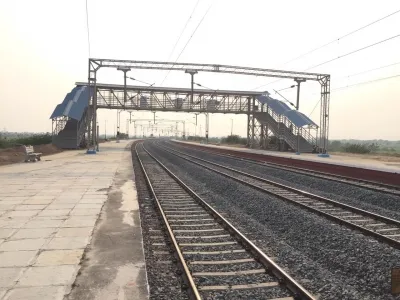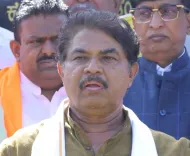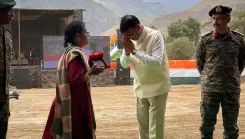Have Over 78% of Indian Railways Tracks Been Upgraded for 110 kmph and Above?

Synopsis
Key Takeaways
- 78% of railway tracks upgraded for 110 kmph and above.
- High-speed track length increased by over 4 times.
- Implementation of advanced track technologies.
- Vande Bharat trains enhance travel efficiency.
- Significant reduction in slower tracks.
New Delhi, July 25 (NationPress) More than 78% of the railway tracks across India have been enhanced to support speeds of 110 kmph and higher. Railways Minister Ashwini Vaishnaw revealed this progress in Parliament on Friday, highlighting the significant upgrades made to the Indian Railways infrastructure over the past decade.
The upgrades include the implementation of 60 kg rails, broader concrete sleepers, robust web switches, extended rail panels, H Beam sleepers, and advanced track renewal and maintenance machinery.
The track length capable of accommodating speeds of 130 km per hour and above has surged more than four times, from 5,036 km in 2014 to 23,010 km projected for 2025, representing 21.8% of the total track length. Previously, this high-speed segment constituted only 6.3%.
Additionally, the track length for speeds between 110-130 km per hour has more than doubled, increasing from 26,409 km in 2014 to 59,800 km by 2025, accounting for 56.6% of the overall network.
In contrast, the length of tracks with speeds below 100 km per hour has been significantly reduced from 47,897 km to 22,862 km. Previously, trains were required to reduce speed on 60.4% of the network, which has now been cut down to 21.6%.
Vaishnaw also noted that the Vande Bharat trains, currently operational on the Indian Railways network, are semi-high-speed services designed for a speed of 180 kmph and a maximum operational speed of 160 kmph. The average speed of these trains is influenced by track geometry, scheduled stops, and maintenance activities.
The first prototype of the Vande Bharat Sleeper train has been manufactured, and based on the extensive trials and insights gained, the inaugural rake of the sleeper train is in the commissioning phase, the minister reported.







